What is Baking Powder?
Baking powder is a common leavening agent used in baking to help dough or batter rise. It is typically a mixture of an acid and a base, along with a starch to prevent clumping. When mixed with moisture and heat, baking powder releases carbon dioxide gas, creating bubbles that expand the dough and make it light and fluffy.
The acid component in baking powder, such as cream of tartar or monocalcium phosphate, reacts with the base component, usually baking soda, to produce carbon dioxide. This reaction occurs once the baking powder is combined with wet ingredients and exposed to heat in the oven.
Baking powder is a crucial ingredient in many baked goods, including cakes, muffins, and cookies. However, it may not always be readily available in your pantry when you’re in the mood for baking. Luckily, there are several surprising alternatives to baking powder that you can try in a pinch!
Common Uses of Baking Powder in Baking
Baking powder is an essential ingredient in many baking recipes, as it helps to leaven or lighten cakes, breads, and other baked goods. It is commonly used to create a light and fluffy texture in cakes and muffins. Additionally, baking powder is also used as a stabilizer in recipes where a chemical reaction is needed, such as in making pancakes or waffles. It is also used as a thickening agent in some recipes, such as in batters for frying or coating foods. Furthermore, baking powder can be used as a mild abrasive cleaner and deodorizer in the kitchen or around the house.
Reasons to Seek Alternatives to Baking Powder
While baking powder is a staple ingredient in many kitchens, there are several reasons why you may want to explore alternative options. First and foremost, some individuals may have dietary restrictions or allergies that prevent them from consuming baking powder, which typically contains cornstarch. By seeking alternative ingredients, you can cater to different dietary needs and ensure inclusivity in your cooking. Additionally, baking powder has a distinct taste and aroma that may not be desirable in certain recipes. By opting for alternatives, you can experiment with different flavors and create unique dishes. Furthermore, baking powder has a limited shelf life and can lose its effectiveness over time. By using alternatives, you can guarantee the freshness and potency of the leavening agent in your baking. Lastly, exploring alternative baking ingredients can expand your culinary skills and knowledge, allowing you to discover new and exciting ways to create delicious treats.
Natural Alternatives to Baking Powder
If you’re out of baking powder and looking for a natural alternative, don’t worry! There are a few options you can try that will still give your baked goods the lift they need. Here are four surprising alternatives to baking powder that you may not have tried yet:
1. Baking Soda and Cream of Tartar
A combination of baking soda and cream of tartar can be a great substitute for baking powder. Just mix 1/4 teaspoon of baking soda with 1/2 teaspoon of cream of tartar to replace 1 teaspoon of baking powder. Make sure to sift the mixture to ensure even distribution before using it in your recipe.
When combined, baking soda and cream of tartar create a chemical reaction that releases carbon dioxide gas, causing your baked goods to rise. This is similar to the way baking powder works, but without the added ingredients found in commercial baking powder.
2. Lemon Juice and Baking Soda
If you don’t have cream of tartar on hand, you can use lemon juice instead. Mix 1/2 teaspoon of baking soda with 1 tablespoon of lemon juice to replace 1 teaspoon of baking powder. The acidity of the lemon juice reacts with the baking soda to create the necessary leavening effect.
Keep in mind that the lemon juice may impart a subtle citrus flavor to your baked goods, so it’s best to use this alternative in recipes where the flavor won’t be overpowering.
3. Yogurt or Buttermilk
If you’re looking for a natural alternative that also adds moisture and tang to your baked goods, try using yogurt or buttermilk. Substitute an equal amount of yogurt or buttermilk for the amount of baking powder needed in your recipe.
Yogurt and buttermilk are acidic, which helps activate the baking soda in your recipe and create a rise. Additionally, they add extra flavor and tenderness to your baked goods.
4. Whipped Egg Whites
For recipes that require a light and airy texture, whipped egg whites can be a great substitute for baking powder. Separate the eggs and whisk the egg whites until stiff peaks form. Gently fold the whipped egg whites into the batter, being careful not to deflate them.
The air trapped in the whipped egg whites will give your baked goods a lift and create a fluffy texture. This alternative is best for recipes like soufflés, meringues, and angel food cakes.
Remember, these natural alternatives may not work in every recipe, especially if the recipe relies heavily on the leavening power of baking powder. However, they are worth trying when you’re in a pinch or looking for a more natural option. Keep in mind that the flavor and texture of your final baked goods may vary slightly when using these alternatives.
Acidic Substitutes for Baking Powder
When it comes to baking, many people rely on baking powder to help their recipes rise. But did you know that there are some surprising acidic substitutes you can use instead? These alternatives can be a lifesaver when you’re out of baking powder or looking to experiment with new flavors. One option is cream of tartar, a byproduct of wine production. It’s mildly acidic and can help give your baked goods a light and fluffy texture. Another option is lemon juice, which adds a tangy flavor and acidity to your recipe. If you’re looking for something milder, try using yogurt or buttermilk as a substitute. These dairy products add moisture and a slight tanginess to your baked goods. Finally, if you’re feeling adventurous, you can try using vinegar as a baking powder substitute. Just be cautious, as it can alter the taste of your final product. So the next time you find yourself without baking powder, don’t panic! Give one of these surprising alternatives a try and see how they enhance your recipes.
Homemade Baking Powder Recipes
Here are 6 homemade baking powder recipes that you probably haven’t tried yet:
- Cream of Tartar and Baking Soda: This is the most common homemade baking powder alternative. Simply combine 1 part baking soda with 2 parts cream of tartar to create one of the most effective substitutes for baking powder. This combination works well in recipes that require both rising and browning, such as cookies and cakes.
- Yogurt and Baking Soda: Mix ¼ teaspoon of baking soda with ½ cup of yogurt. The acidity of yogurt reacts with baking soda to create a leavening effect. This substitute is particularly useful if you are looking for a slightly tangy flavor in your baked goods.
- Vinegar and Baking Soda: Combine ½ teaspoon of baking soda with 1 tablespoon of white vinegar to create a reaction that mimics the rising ability of baking powder. Use this substitute in recipes with acidic ingredients like buttermilk or lemon juice.
- Molasses and Baking Soda: Mix ¼ teaspoon of baking soda with 1 tablespoon of molasses. This combination creates a dense and rich substitute for baking powder. It works especially well in recipes that call for a dark and distinct flavor, such as gingerbread.
- Whipped Egg Whites: If you are looking for a natural substitute, beat egg whites until stiff peaks form, and then fold them gently into your batter. The air trapped in the whipped egg whites will act as a leavening agent and help your baked goods rise.
- Buttermilk and Baking Soda: For a tangy and moist alternative, mix ½ cup of buttermilk with ¼ teaspoon of baking soda. The buttermilk’s acidity will interact with the baking soda, resulting in a light and fluffy texture in your final product.
Experiment with these homemade baking powder recipes to find the one that suits your taste preference and specific recipe requirements.

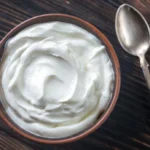

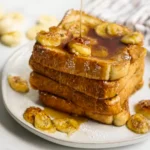

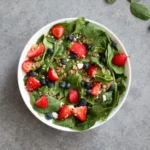
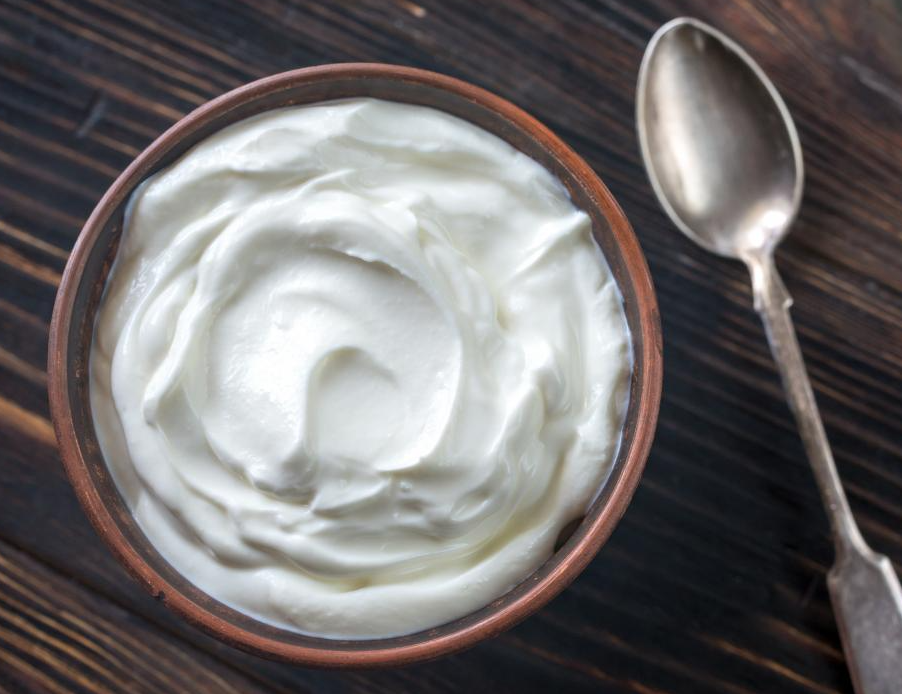


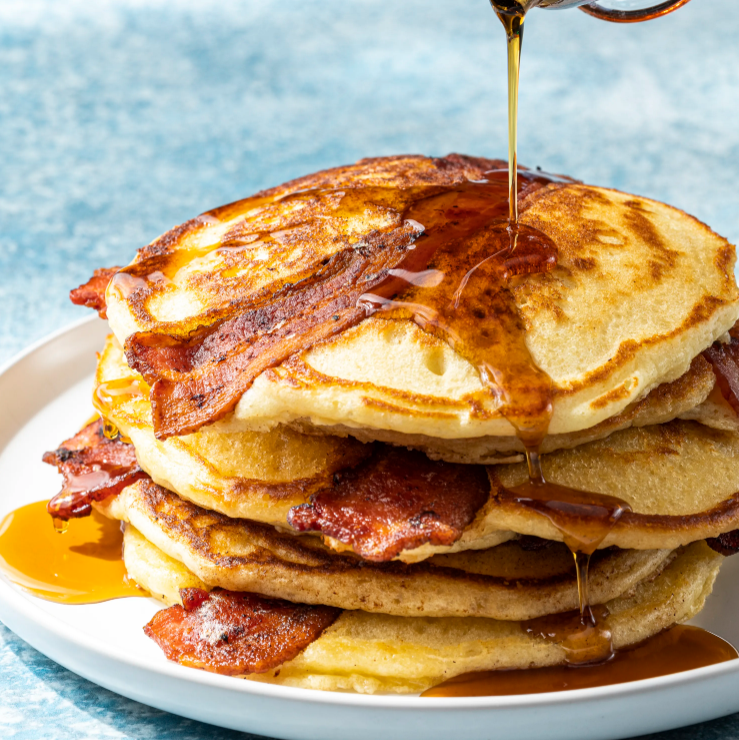
Leave a Reply